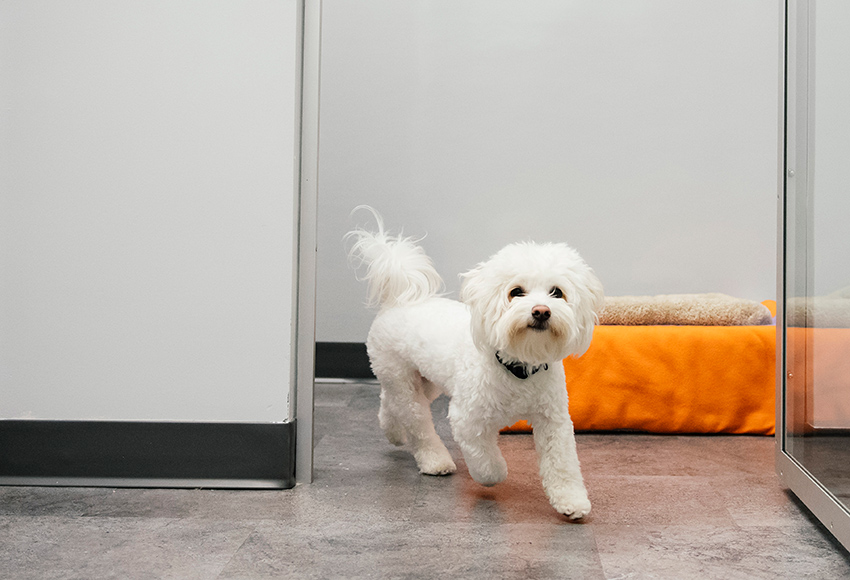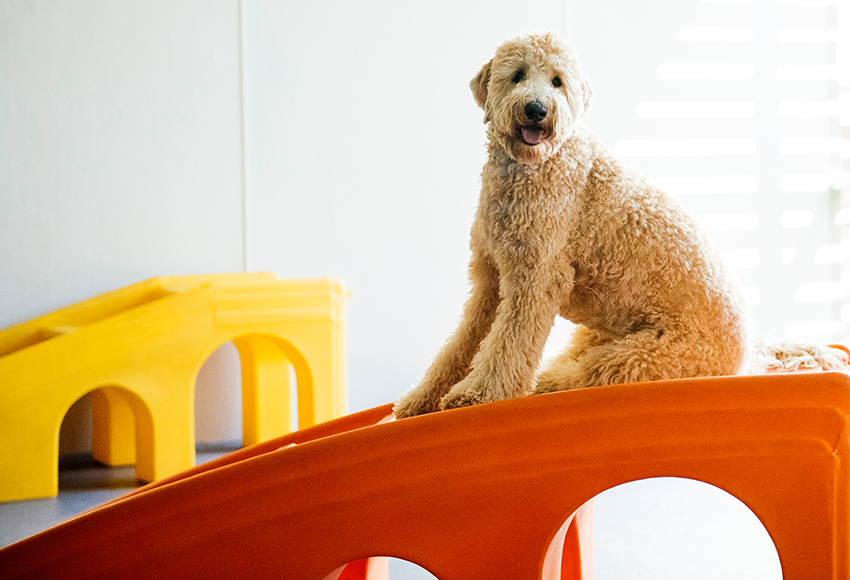Pet Therapy Certification: What are your next steps?

If you and your pup have recently become a certified pet therapy team, congratulations! This achievement opens the door to a world of opportunities where you can make a profound impact on the lives of many people. But now that you’ve reached this exciting milestone, you may be wondering, “What are the next steps?”
Getting started as a newly certified pet therapy team can feel overwhelming, but with the right guidance, you can hit the ground running. Many organizations that support pet therapy teams have established relationships with local communities, making it easier for you to find places where your pet can make a difference. For instance, when my dog Boomer and I were certified through the Dog Alliance, we were immediately provided with various opportunities. From schools to businesses and nursing homes, different groups frequently reach out to organizations like the Dog Alliance, requesting therapy teams for visits.
Explore a Variety of Engagements
My advice to new pet therapy teams is to explore as many different engagements as possible. Each setting offers unique experiences for both you and your dog, and trying a variety of environments can help you discover where your dog thrives best. If you’ve been certified as a complex team, like Boomer and I were, the opportunities become even broader.
Consider visiting schools and universities to see how your dog interacts with students. These environments often have high energy, which may or may not suit every dog, but they provide a wonderful opportunity for students to de-stress. Next, try visiting nursing homes—these engagements can be deeply rewarding as many residents find comfort and joy in the presence of a therapy dog. Lastly, if you get invited to visit businesses for employee wellness events, give it a try. These visits can be flexible, fitting around your schedule, and often offer a relaxed setting where employees can benefit from the calming influence of your dog.
By diversifying the types of visits you take on, you’ll not only help more people but also find the settings where both you and your dog feel most fulfilled.
Hospital Visits: A Popular Choice for Therapy Teams
One of the most sought-after opportunities for pet therapy teams is visiting hospitals. These engagements are highly rewarding, offering variety and flexibility, and often become a regular part of your routine. However, gaining access to hospitals can require some effort upfront.
First and foremost, check whether the hospital allows pet visits. Not all hospitals are open to therapy animals, and this often depends on the leadership of the individual facility. If a hospital does allow pets, you will typically need an invitation to participate. Your certifying organization may already have contacts at local hospitals, so that’s a good place to start. Alternatively, you can reach out to the hospital’s volunteer coordinator, as they are usually in charge of arranging therapy visits.
Hospitals may also have specific health requirements for both you and your dog. For example, most hospitals require therapy dog handlers to get certain vaccinations, such as an annual flu shot, and provide proof of immunization. Be sure to ask the hospital what records they need and prepare to submit any necessary documentation for both you and your pup.
Once all the paperwork is in order and you’ve cleared any logistical hurdles, the real fun begins! Boomer and I thoroughly enjoy our hospital visits. We regularly visit a local adult hospital and Dell Children’s Hospital. Watching Boomer interact with both staff and patients is incredibly fulfilling, and it’s easy to see how much joy he brings to each visit. In fact, Boomer has his favorite departments at the adult hospital, particularly the ER and Post-Op staff. On one occasion, the Post-Op team spotted Boomer from their second-floor windows as we walked in and immediately began texting each other with the news, “Boomer’s in the house!” It’s heartwarming to see how much they look forward to our visits.
Building a Strong Pet Therapy Routine
Creating a routine for your pet therapy visits can not only help you manage your time, but it also provides your dog with consistency, which many therapy animals appreciate. Once you’ve had the chance to explore different settings—schools, nursing homes, hospitals, businesses—you can start scheduling regular visits to the places where your dog thrives the most.
Another tip for building a strong routine is to pay attention to your dog’s energy levels. While therapy work can be incredibly rewarding, it can also be tiring for your dog. Some dogs may only be able to handle a couple of visits per week, while others, like Boomer, enjoy more frequent engagements. Find the right balance that allows your dog to stay happy and engaged without becoming overly fatigued.
Therapy Dogs in Special Settings
In addition to the common venues like schools and hospitals, there are other unique environments where therapy dogs are needed. For example, therapy dogs are often invited to courtrooms to provide emotional support to children or individuals going through difficult trials. Some dogs are also used in rehabilitation centers, offering companionship to people recovering from surgeries or injuries. If your dog enjoys being around different types of people and has the calm demeanor needed for these settings, you might find these engagements particularly rewarding.
The Power of Volunteering with Your Pet
Therapy work is an incredibly fulfilling way to give back to your community, and the impact you and your dog can have is profound. The smiles, joy, and comfort that your pup will bring to others are unmatched, making this type of volunteer work truly one of a kind.
Since becoming a therapy team, Boomer and I have found it to be the most rewarding volunteer work I’ve ever done. Watching him put smiles on people’s faces and lift their spirits—whether at a hospital, school, or business—is priceless. If you believe your dog has the temperament for therapy work, I highly encourage you to pursue certification, start exploring different venues, and most importantly, have fun!
Therapy work is a unique and rewarding way to bond with your dog while making a positive impact on the lives of others. Whether it’s a hospital, a school, or a business, each engagement presents a new opportunity for your dog to spread joy and comfort.






